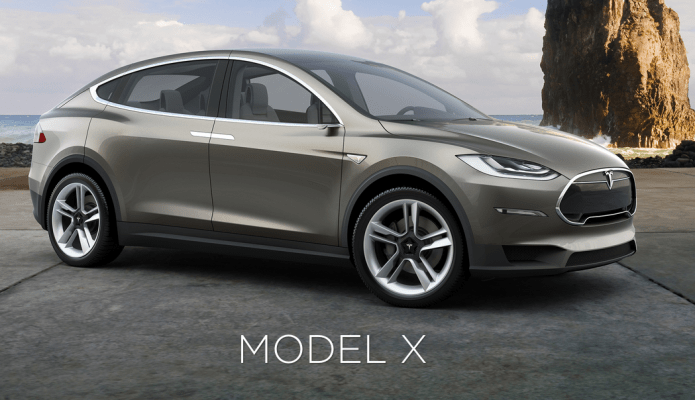Earlier this month, Tesla Motors recalled 2,700 Model X cars to fix a third-row seat latch that could allow the seat to fold forward during a collision.
But owners of the $138,000 sport utility vehicle — whose many features include falcon-wing doors, a 200-plus-mile battery range and proximity sensors that prevent it from coming into contact with other cars — are being confronted with more immediately irksome issues, including car doors that suddenly won’t shut and windows that won’t close.
The WSJ reported on the issue yesterday, spotlighting several Model X owners who’ve been taken aback by unexpected malfunctions, including one customer whose falcon-wing doors wouldn’t open as she prepared to drive her children’s carpool to school. “It’s a bummer,” she told the outlet. “You spent all this money . . . and the doors won’t open.”
Consumer Reports also published a lengthy piece yesterday about unhappy customers, including Michael Karpf, a 75-year-old retiree who picked up his Model X from Tesla’s Fremont, Ca., factory earlier this month, only to be faced with a string of problems with the car. Among them: falcon wing doors that wouldn’t close and proximity sensors that failed to sense an overhang, allowing the doors to bang into it. Karpf also said that the huge infotainment screen in his Model X has repeatedly frozen.
A company spokesperson sent us a statement about the glitches earlier, writing: “We are committed to making the world’s most reliable cars. While we have seen some issues with early Model X builds, the issues are not widespread, and we are working closely with each owner to respond quickly and proactively to address any problems. We will continue to do so until each customer is fully satisfied. This commitment is one of the reasons why 98% of our customers say they will buy another Tesla as their next car.”
If the company could work even faster, venture capitalist Byron Deeter of Bessemer Venture Partners would probably appreciate it. He tells us he’s been having usability problems for some time, jokingly referring to them as “a series of first-world issues.”
My @TeslaMotors X is freaking out too! Driver door & passenger windows won’t close & emergency brake goes off when backing up. #softwarefail
— Byron Deeter (@bdeeter) April 20, 2016
Deeter says the problems were minor to start. “There were issues with autopilot [not working exactly as advertised] and the driver-side door not opening when you walked up to it.”
Given the car’s many ongoing enhancements, Deeter looked at them as “little glitches, normal growing pains.”
Those pains worsened last week, however. By then, the driver-side door wouldn’t open at all, and neither would the car’s falcon-wing doors on the driver’s side. (Deeter and his family have been entering through the car’s passenger side and sliding across.)
By this past Monday night, not only could Deeter not open his car door, but it wouldn’t close. “I could manually pull it closed, but it wouldn’t latch.” In fact, after trying numerous approaches and trying to work through the car’s software controls, Deeter found himself driving to a board meeting with one hand on the steering wheel and one holding shut the driver-side door. “It wasn’t terribly smart, but I didn’t have time to call an Uber.”
Then things got worse. This morning, says Deeter, his door wouldn’t open. The car’s driver-side window wouldn’t close. And far worse, when he tried reversing out of his driveway despite these things, the car’s emergency brake sprang into action every six feet or so. “I’d put it in park, back it up, then the car would be brought to a stop.”
The car is now in his garage. “I’ll deal with it later,” he says with a laugh.
Deeter is a software fanatic who’s largely willing to put up with the issues that come with being an early adopter (though he suggests he has sent some emails to Tesla that have yet to receive a response). “I’m a believer that tech is the path forward, and I’m quite looking forward to autonomous vehicles,” he tells us.
Still, he notes, putting up with a glitch with a new entertainment device is one thing; it’s a rather different story when the newest gadget to fail you is your car.
“It’s definitely a reminder that quality control with human mobility and safety is critical,” says Deeter. “In this case, Tesla did push out some software and maybe some hardware that wasn’t quite ready for prime time.”
